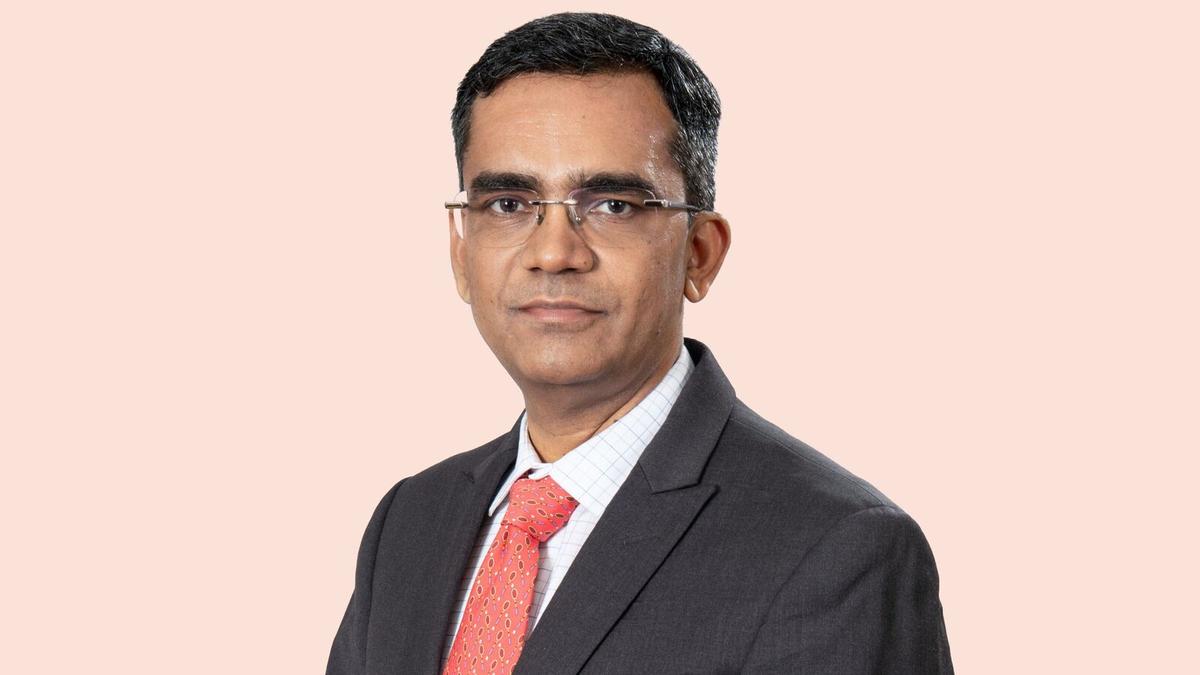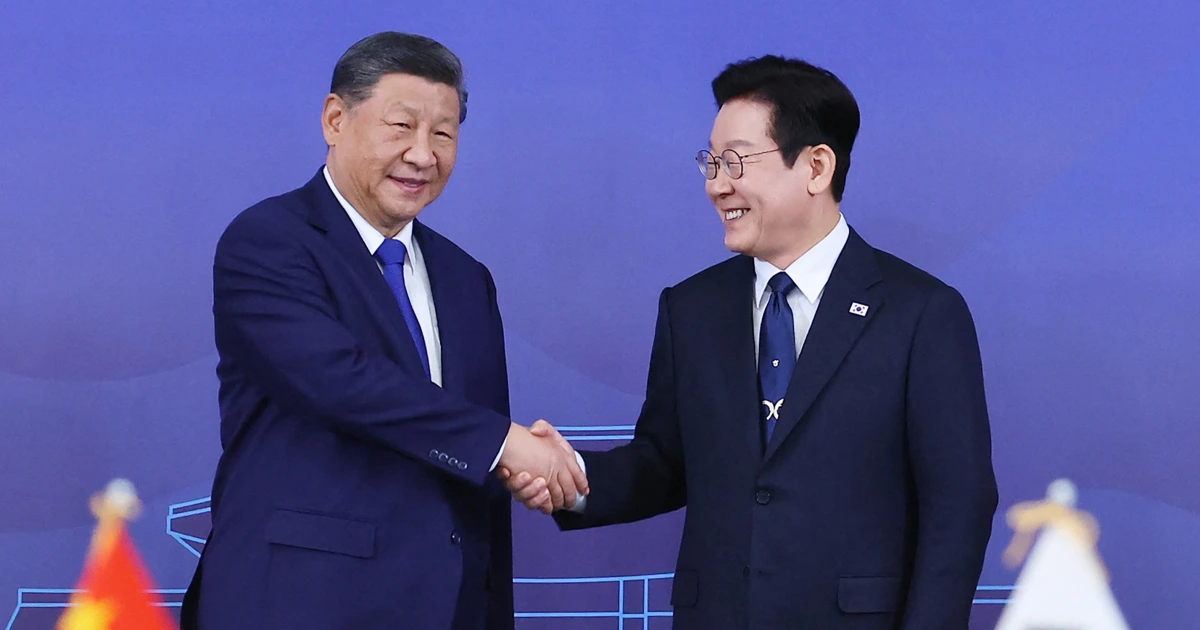Copyright thehindubusinessline

How has the credit demand picked up during festival season? We had very strong growth in H1FY26, and October was stronger than what we anticipated. GST announcement-related slowdown is behind and now that new GST rates are in effect, we are seeing strong growth in numbers. In our used car financing business, we can see that number of cars sold have increased significantly, though the average ticket size is slightly lower due to lower GST rates. However, the increase in number of units sold is making up for the same. So, the festival season has been good and second half seems to be poised for very strong growth. Our AUM growth guidance is 25 per cent for the current fiscal, higher than industry average. Currently, we are trending meaningfully above what we anticipated at the beginning of the current fiscal. You are targeting doubling of AUM to more than ₹1.5 lakh crore by FY28. Would you be open to inorganic growth? Yes, this is our stated goal. Our total loan book is currently over ₹90,000 crore, and by this fiscal-end we have guided AUM of ₹1 lakh crore; we are a bit ahead of the schedule on this front. The growth from here to ₹1.5 lakh crore, most of it would be organic, but we would be open to inorganic opportunities in microfinance, gold, MSME lending, affordable housing if it comes at a right price. But most of it, 80-90 per cent would be organic growth and 10 per cent from inorganic route if we can find good opportunities. By when do you expect to completely run down legacy DHFL book? Legacy book should come to about 3 per cent of our portfolio by the end of this fiscal; by next year it is likely to be completely run down. Do you see the rapid rise in gold loan disbursements as a worrying trend? Not really. Gold loan as a product, penetration is actually quite low in India. What are the main assets that a household in India owns? There are only 3-4 assets. Home is the main asset, then they have gold, and some have financial asset like mutual funds, and some people have moveable asset like a car, that’s it. Those are the main asset classes that people own. So, any economy, as it develops, people will leverage their assets to create leverage for themselves and take on some debt. Debt makes the economy go around, taking on debt is not a bad thing in itself; taking on too much debt is a problem. Indian households don’t have that problem. India’s household debt to GDP ratio is among the lowest globally. Because we have a strong cultural bias against debt, we tend to think of debt as bad thing, and that’s the reason why India is under levered over the years. Now when more entrepreneurship is taking off, small businesses want to invest and move ahead; if they figure out that they want to take a personal loan, then they have to leverage their existing assets. There is nothing unhealthy about it as the level of debt is quite low. What is your guidance on NIM for FY26? We expect the margins to improve. We expect to see reduction in borrowing cost by about 20-25 basis points in H2, mostly because banks have not reduced marginal cost of funds based lending rate in a meaningful way yet. A few banks have reduced MCLR a little bit, but many have not. So, the RBI’s repo rate cut transmission has not happened yet into the MCLR front. I expect that to happen in the next couple of months. Your guidance on credit cost? Credit cost are likely to remain flat. There is not a lot going on, and the environment has been relatively benign. Of course, there was an increase in the middle of last fiscal, and since Q4FY25, it has been stable and slightly improving. It is a very steady outlook as far as credit risk is concerned. Do you plan to exit your investments in the Shriram Group of companies? These are unlisted entities of Shriram Group, the life and general insurance companies. We own single digit stake in these entities. These are private companies, so there is no traded value. We will continue to engage in private conversations with potential investors to see how and when we will be able to divest. We had said that these are financial investments for us now, not strategic. We are not setting a particular timeline as negotiations are sensitive in nature.



